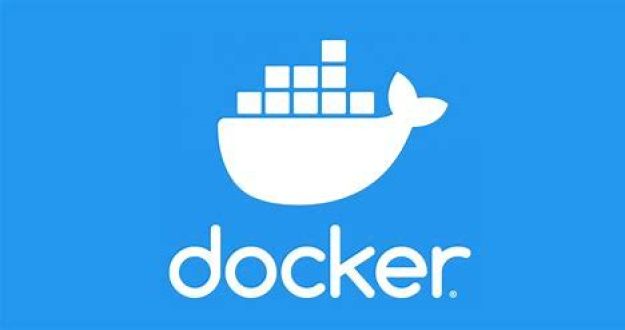Over the past few weeks, our in-class activities as well as our last assignment for CS-343 have required running Docker in conjunction with a Dev Container in VSCode. While I was able to follow the instructions given and complete our assignments using these tools, I struggled getting started and navigating through some of the components for in-class activities at times, impeding my ability to work efficiently and keep up with my team. To make things worse, I didn’t have much of an understanding of what each component did and why it’s being used. So, I decided to do some research on these topics, particularly the relevance, benefits and drawbacks of using Dev Containers and how they are connected to VSCode and Docker.
In my search, I found Getting Started With Dev Containers, a blog post by CS professional Dave Storey which clarifies a lot, beginning with addressing why Dev Containers are used. Setting up development environments can be a lengthy and tedious process depending on prerequisites, dependencies or other implementations. Dev Containers utilize the power of containerization – bundling all files, SDKs etc. needed to run an application for several benefits like lower overhead, portability, consistency, and more.
There are some general advantages and disadvantages of using Dev Containers to be aware of. For starters, they guarantee a consistent development environment regardless of the hardware/operating system being used as long as it can run the container. Similarly, there’s guaranteed consistency across toolsets that each teammate is using, so everyone is familiar and there is no communication or project friction caused by inconsistent setups or toolkits. It’s also quick and easy to integrate a new member to a team/project by instantly setting them up with the same development environment in use by the rest of the team. Dev Containers are reusable and adaptable for other projects, providing long term value by saving time on project set-up.
While there’s lots of advantages, there are also drawbacks that should be considered when strategizing projects and contemplating the use of Dev Containers. There’s an upfront time/cost barrier in setting up the container and its configurations – though available templates make this process easier. To this point, you need to have a basic understanding of Docker and general containerization to set up and maximize benefits from Dev Containers. And, when dependencies and other components become deprecated, maintenance needs to be done to make sure that Dev Containers are up-to-date and usable as they are (usually) not part of main code repositories.
This helped to clarify things based on what we’ve worked with in class. Dev Containers are using VSCode like an IDE/server which communicates with Git and runs our code in the Docker container. Our implementation in class lets everyone deal with the same tools and environments to leverage these mentioned benefits for group learning projects as well as individual assignments.
Sources:
- Getting Started With Dev Containers | by C:\Dave\Storey | Medium
- What is a software development kit (SDK)? – Definition from TechTarget
From the blog CS@Worcester – Tech. Worth Talking About by jelbirt and used with permission of the author. All other rights reserved by the author.

